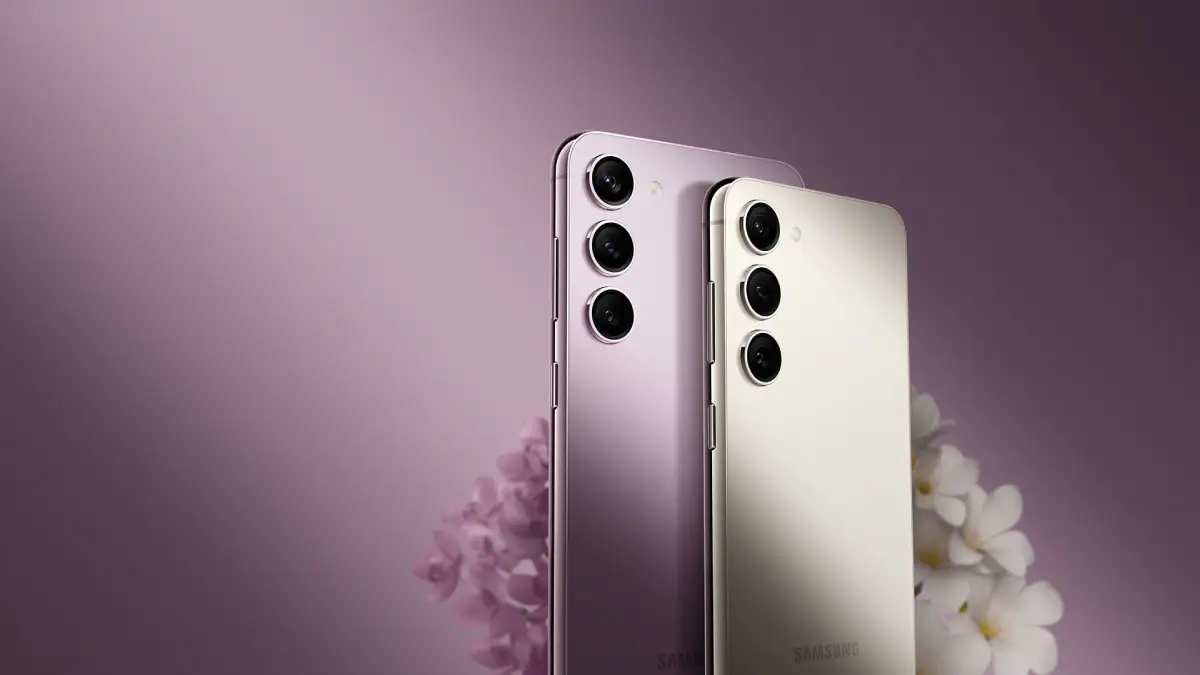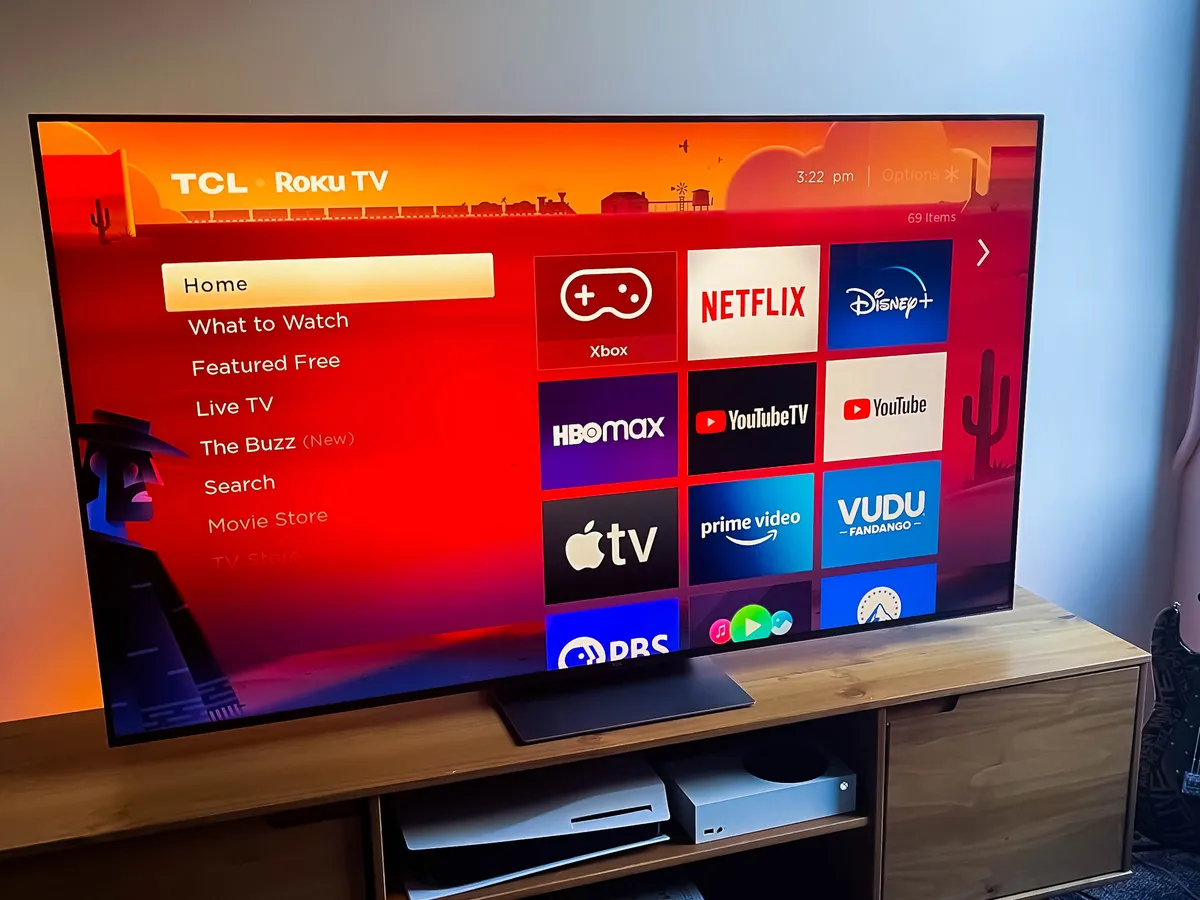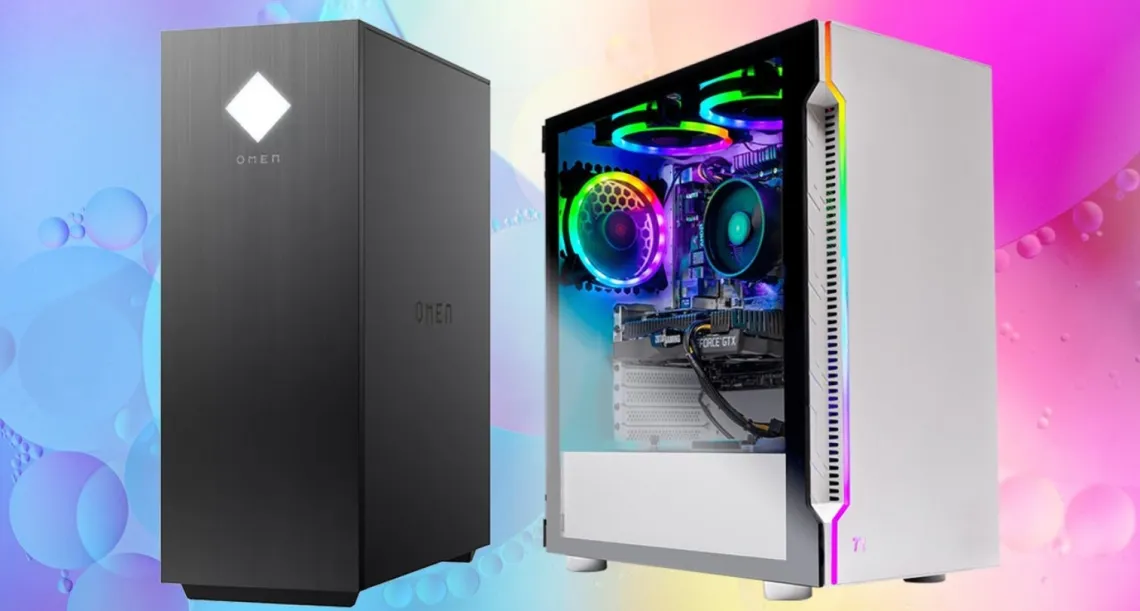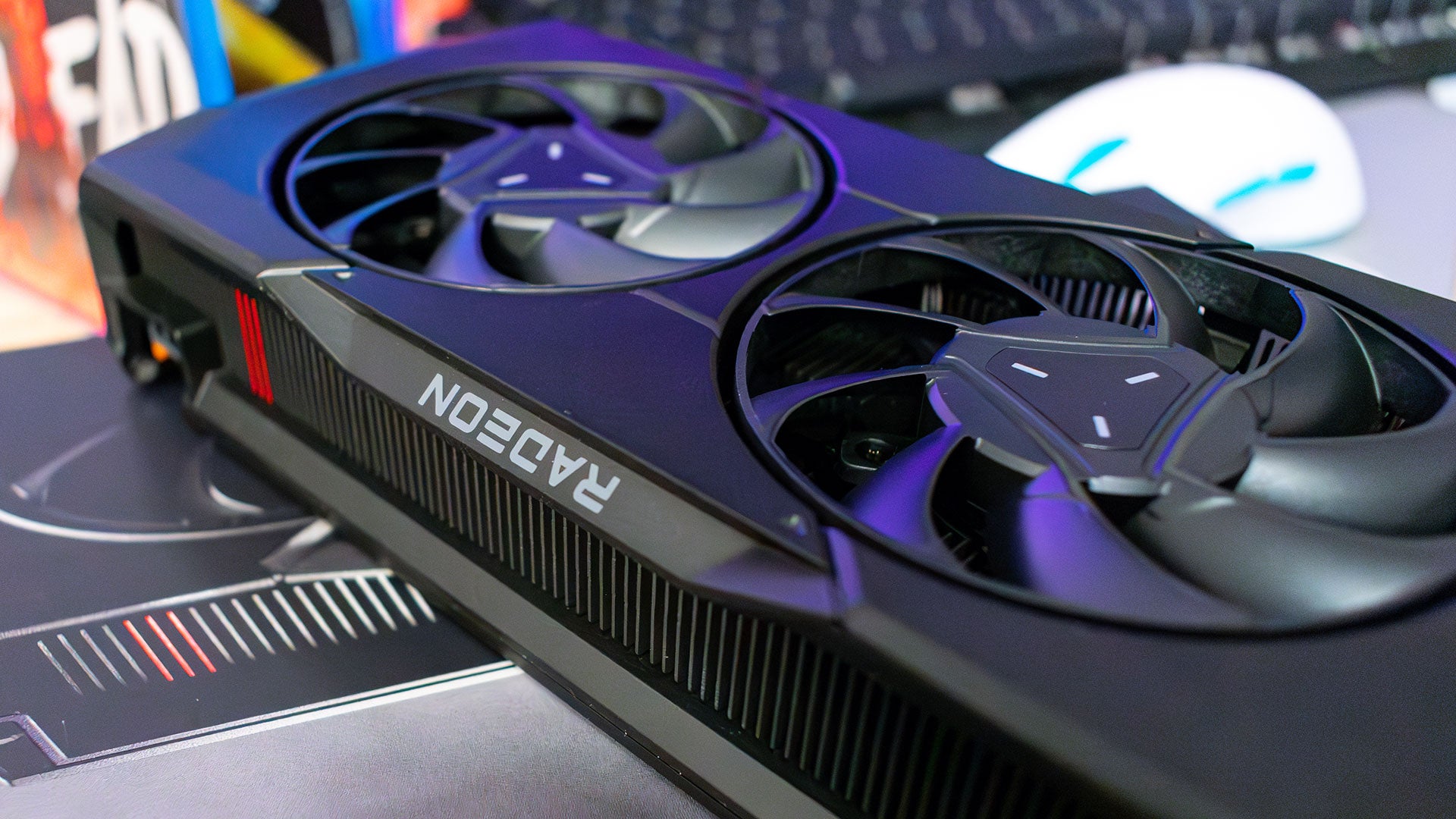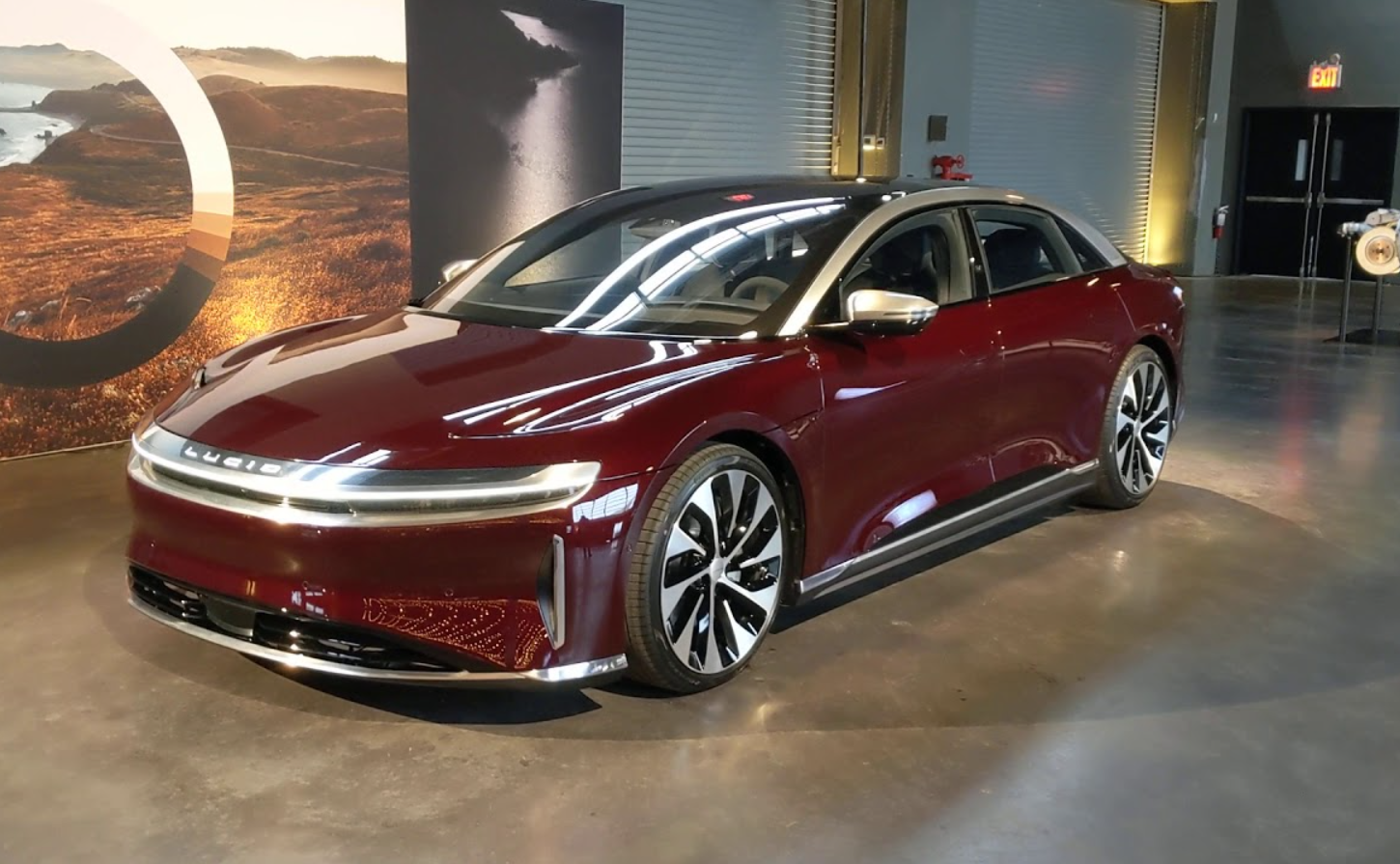Xiaomi is getting ready to release some new products soon. The MIX Fold 3 model, which people have been looking forward to, will be launched in August 2023, as confirmed by the company’s President, Lu Weibing. But it seems that this device will not be the only one released next month.
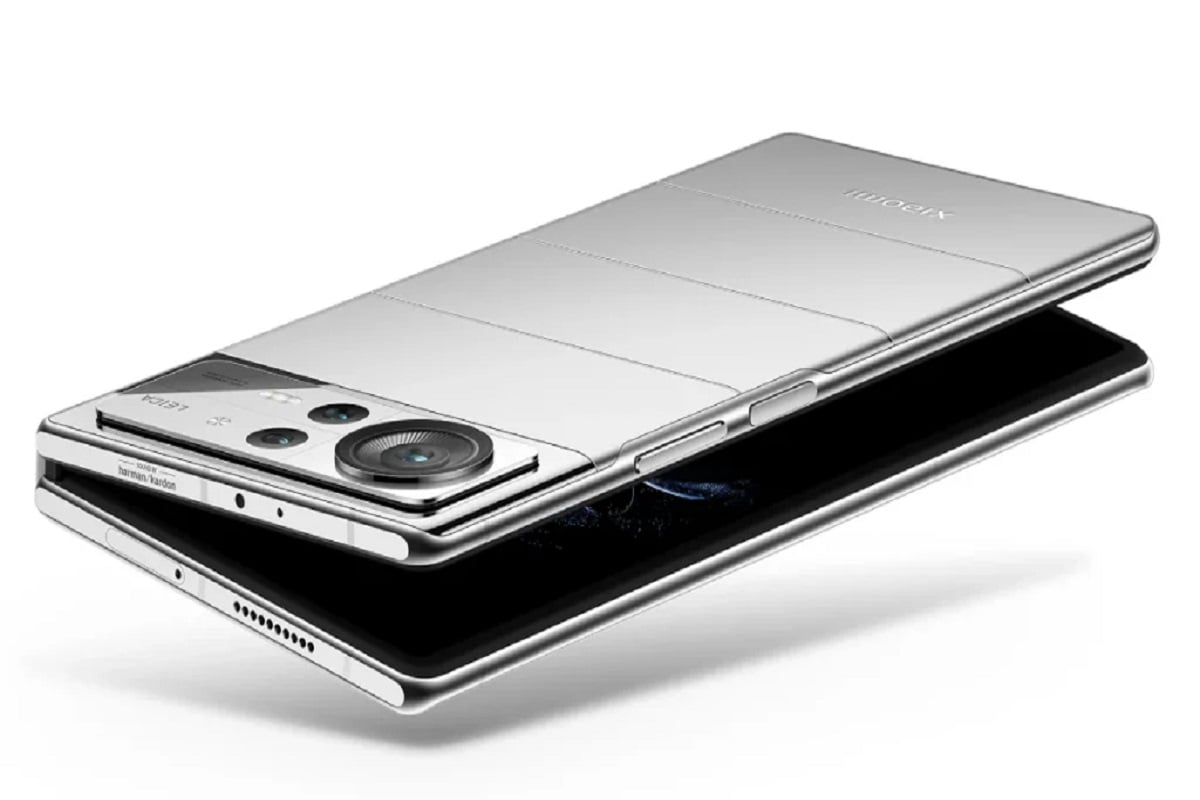
According to a recent report, Xiaomi is planning to launch other new products as well. These include the Xiaomi Pad 6 Max and the Redmi K60 Ultra. The Chinese tech giant is apparently getting ready to introduce the new Xiaomi Pad 6 Max. People spotted this upcoming tablet on the Bluetooth SIG listing, suggesting that its launch is imminent. The Pad 6 Max was also seen on the 3C certification database.
Similarly, the Redmi K60 Ultra is also expected to make its debut in August. The report mentions that the MIX Fold 3 and Pad 6 Max will be launched separately in China. The smartphone model is expected to be launched in early August before the MIX Fold 3. Moreover, the MIX Fold 3 and Pad 6 Max software is already live on the official MIUI server.
The MIX Fold 3 has the codename Babylon and runs on MIUI FOLD 14.1 based on Android 13 out of the box. On the other hand, the Pad 6 Max has the codename Yudy and is also based on Android 13. The launch timeline matches a previous report that hinted at a Q3 2023 launch.
In summary, Xiaomi is preparing to launch several new products in August. The MIX Fold 3, Pad 6 Max, and Redmi K60 Ultra are among the devices that will be released. Exciting times lie ahead for Xiaomi fans as they eagerly await the launch of these new gadgets.
